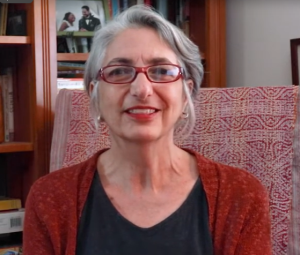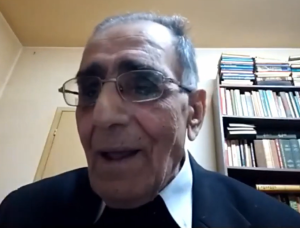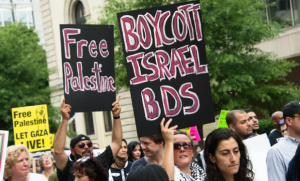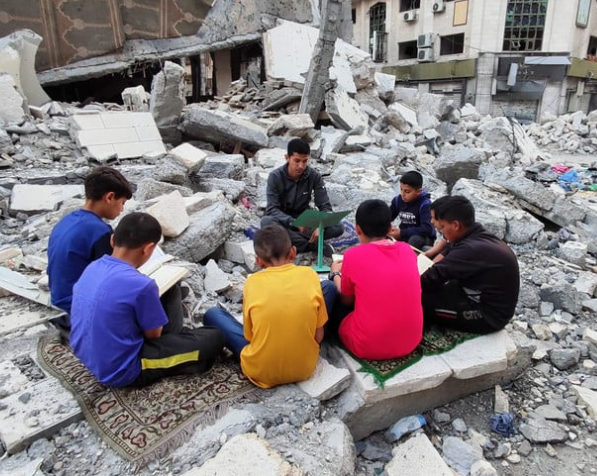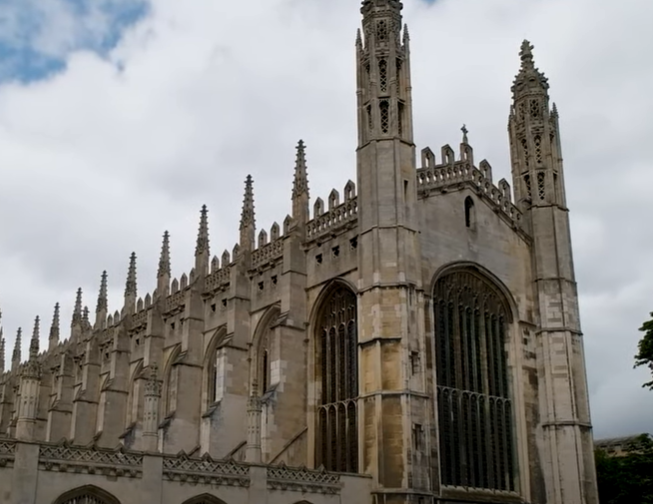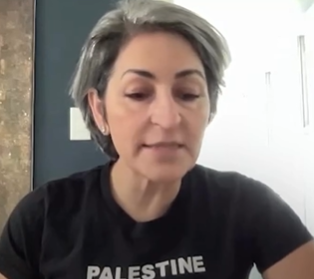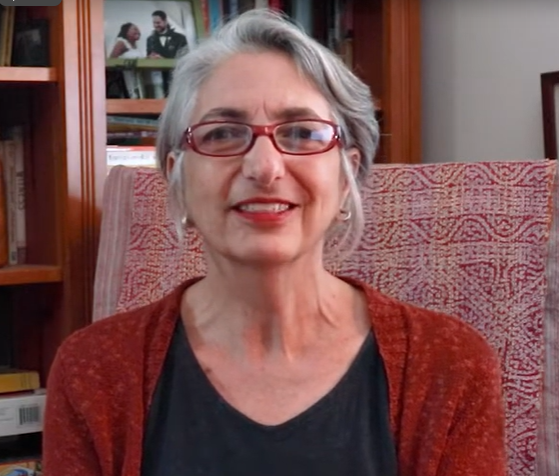4 November 2025
The Electronic Intifada publishes this deeply moving account of a teacher who has persevered throughout Israel’s two year-long attempt to destroy all cultural production in Gaza and kept alive her students’ hopes for an education.
Teaching in the midst of genocide
Sara Nabil Hegy The Electronic Intifada 4 November 2025

In the first week of March 2025, I received a phone call offering me a teaching job.
The job was at Follow Me Academy, an educational center located in the al-Rimal neighborhood of Gaza City that provides tutoring for final-year students and English-language courses.
I knew I would be meeting students who had been deprived of education for nearly a year and a half – their minds weary, much like my own.
I had no idea how to begin or what to prepare.
I searched our severely damaged home in the southern al-Zaytoun neighborhood for my university books.
In my room, I found my grammar books – the ones I still use, having been a student of English at the Islamic University of Gaza.
I brushed the dust off them – the texture of the scarred pages was unsettling, sending a shiver through me.
These books were not so significant because of the information they contained, but for the bridge they formed with my old self, the one who existed before Israel’s genocide.
Schools transformed into shelters
I started my first job as a teacher in early August 2023.
While I was still pursuing my degree, I taught basic English to a class of seven children at a training center near my university.
The children, aged 8 to 12, were sweet, and in their presence, I discovered a passion for teaching.
Though I was their substitute teacher for only a month, they asked me to stay with them until the end.
I considered teaching as a way to spread knowledge among students, build their confidence and guide them toward the truth.
But on 7 October 2023, war shattered my short-lived dream of teaching.
Educational centers, schools and universities were bombed, becoming deliberate targets for the Israeli war machine.
The few remaining schools turned into shelters for the displaced.
Survival became the priority as education was pushed aside, depriving students and teachers of their safe havens.
On 8 November 2023, my mother and I evacuated southward to a school in western Rafah.
I was consumed by countless struggles – being crammed with 40 others into a single classroom, fetching water for daily use, washing clothes by hand and cooking over open fires, where thick layers of soot covered the once-colorful paintings on the school walls.
People stacked classroom tables on top of each other to form what they considered wardrobes for holding their clothes and food.
Living there for six months made me lose sight of what a school once meant, and returning to teaching felt elusive.
On 11 May 2024, my mother and I fled again to Nuseirat refugee camp as Israeli tanks advanced into western Rafah.
Nuseirat was a different place, but nothing significant changed for me.
Death and horror loomed close as before, and the nearby school-turned-shelter constantly reminded me of all I had lost.
The ghost of losing sight of what teaching once meant, of being dispossessed of my havens, kept haunting me.
Back to teaching
My mother and I stayed in Nuseirat until a ceasefire took effect in late January. Once the road north reopened, we returned and rented an apartment in al-Rimal.
Two weeks later, I received that aforementioned phone call with the job offer as a teacher.
After salvaging my grammar books and spending a few days preparing, I entered the classroom and stood before my students – nine ninth graders.
We spent nearly half the class sharing our thoughts.
The students spoke about how the genocide had devastated their education and how, under such deplorable conditions, things only seemed to worsen.
They were weary from the past, uncertain about the present and anxious for the future.
I tried to make each class lively with activities and grammar competitions.
The students cheered, argued and laughed like they had been waiting for this return to normal.
The experience was more than teaching – it was healing.

But just as my students and I began building our path together, our hopes high, and only when I finally could feel the warm breeze of my distant past – the comfort of finally returning to who I was – Israel once again tried to sever this reunion.
On 18 March 2025, Israel resumed its intensive attacks on Gaza.
I woke around 2 am to the sound of continuous explosions and hurried to the balcony, where I saw bombing blazing through the sky.
I burst into tears as even the tiniest hope I had was mutilated.
Still, my students and I decided not to give up – we continued classes, growing closer day by day.
We became more than just a teacher and students – we became family.
In May, when my students knew I was engaged, they brought me little gifts – a mug, a scarf and a notebook.
We marked birthdays and celebrated Eid al-Fitr, the holiday at the end of Ramadan, together with shared sweets.
Sometimes we played games and held competitions.
I watched them whisper hopes and worries about their exams and even about their homes – as if the classroom was their haven.
For the first time, I had no regrets about persevering in my career.
But perseverance carried its own dark side.
It began when one of my students started not appearing in classes.
My student Shams Herzallah, 17, began missing class at the end of May 2025.
Shams means “sun” – that was her, always lighting up the classroom with her smile and brilliance.
Two months later, she came back to class with an external fixation device stabilizing her injured left arm.
She told me how on 25 May, an Israeli airstrike struck near her home in Gaza City, severely damaging the nerves of her left arm and requiring her to undergo multiple surgeries.
Then another student, Karam Zaqout, 17, began missing classes in early June.
Days later, a woman in her early 20s came to the academy and introduced herself as Karam’s sister.
She told me that Karam was severely wounded while he was walking to his home in Sheikh Radwan.
A bombing occurred near him, and shrapnel pierced his head and arm.
She asked me, upon Karam’s request, to send the notes of my classes via WhatsApp, so he could follow up with the curriculum.
About a month later, in mid-July, Karam returned, softly greeting me whenever our eyes met.
Even as my students survived bombardments and shrapnel, another slow death crept in – famine.
Markets emptied, and a kilo of flour cost about $60.
One of my most extraordinary and hardworking students, Hala Firwana, 22, began missing classes.
When she finally messaged me, she wrote: “I am really sorry, but I can’t join our classes anymore. The famine is consuming me. I have no strength to stand up straight. I wish everything were different.”
Then another student, Ahmad Ameera, 18, stopped coming to class.
After ten days, he came back and told me how he had been poisoned.
Ahmad bought a tin of sweet corn, and after eating it, he found tiny worms at the bottom – the corn had expired and was contaminated.
The resilience of my students reminded me that learning is an act of resistance, and teaching is a form of survival.
Tenacious teacher
Our attempts at learning were interrupted again as Israeli forces intensified its operations across Gaza City at the beginning of September.
Bombings pushed many students southward, and when the majority of students fled, the staff – including me – decided to close the academy on 11 September.
I stayed in the north, clinging to the hope that everything might return to how it was.
But I felt it would be a mistake to stop teaching, so I refused to let that be the end.
On 22 September, I set up Zoom classes for my students who had fled south to help them continue learning despite their displacement.
Although not all of them could attend – internet access was difficult – I remained determined to keep teaching.
After the new ceasefire took effect last month, my students began slowly returning to Gaza City, and many are reaching out to continue their lessons.
Since 7 October 2023, Israel has directly hit over 75 percent of Gaza’s school buildings. Education remains disrupted as nearly 91.8 percent of schools in Gaza need either “full reconstruction or major rehabilitation work” to function again, according to the UN.
But this time, I won’t stop teaching as long as I can reach even one student.
Sara Nabil Hegy is a writer and an English teacher from Gaza.




